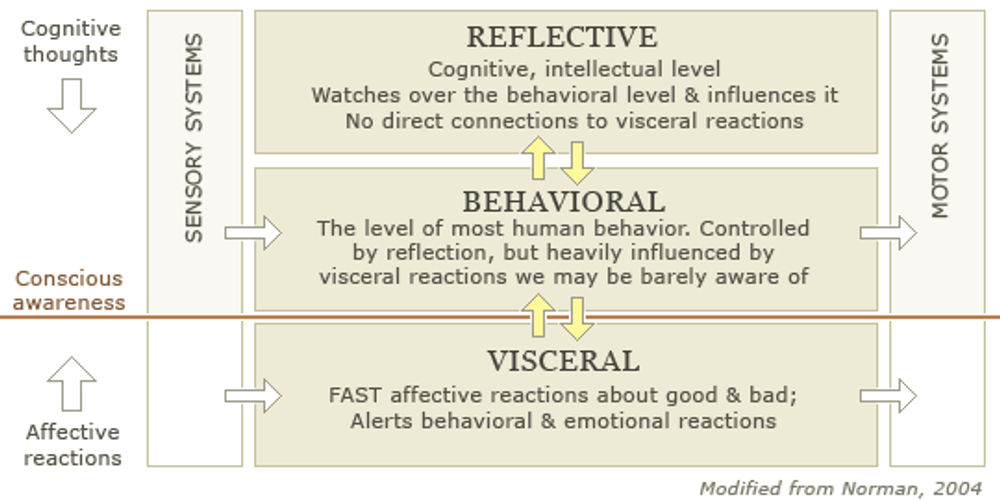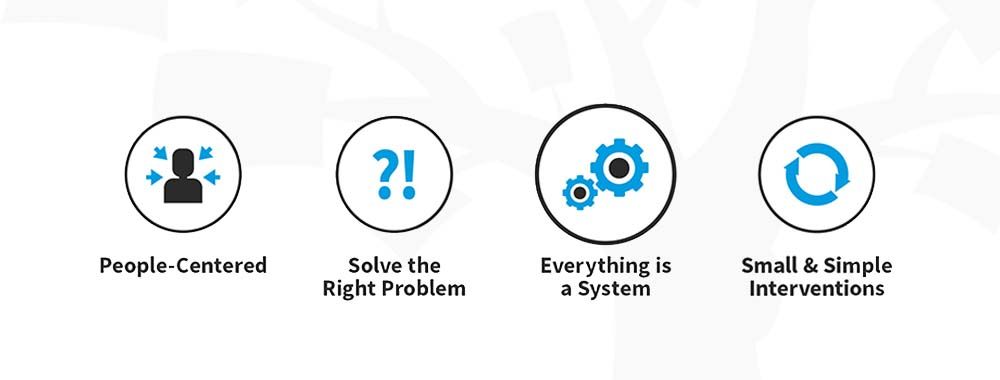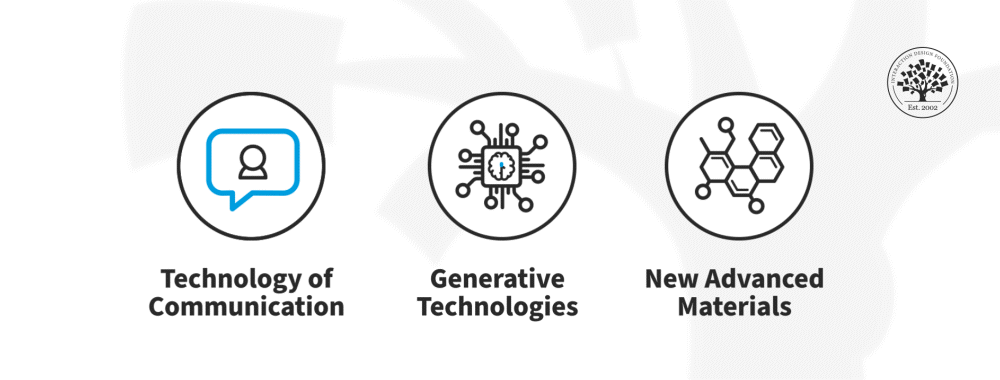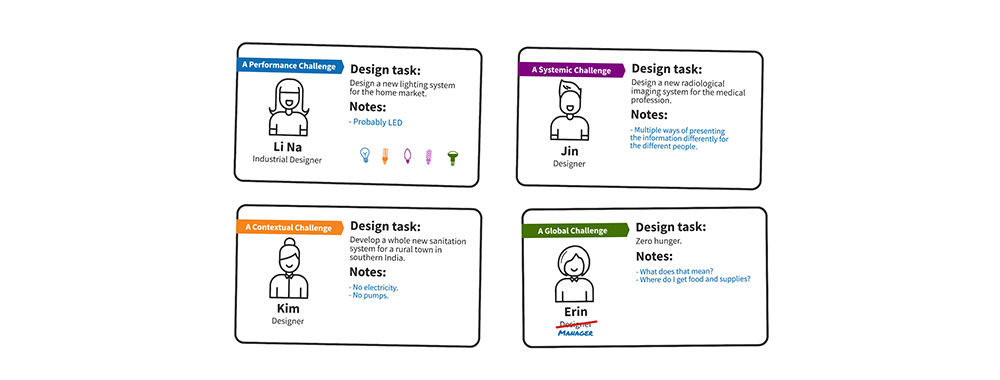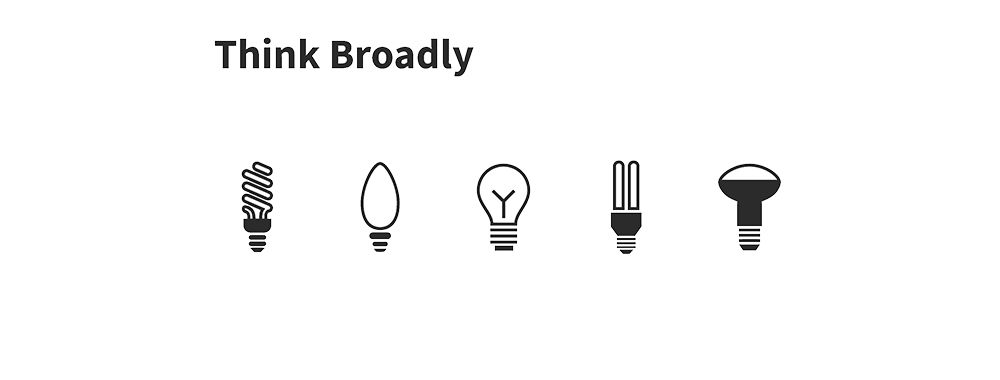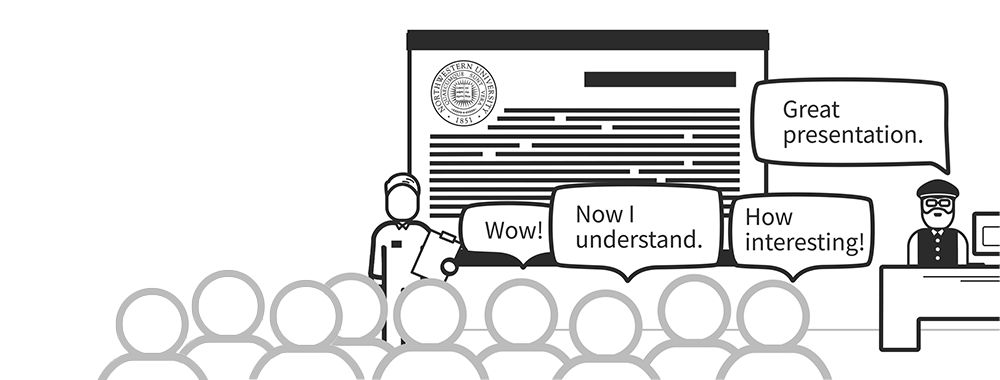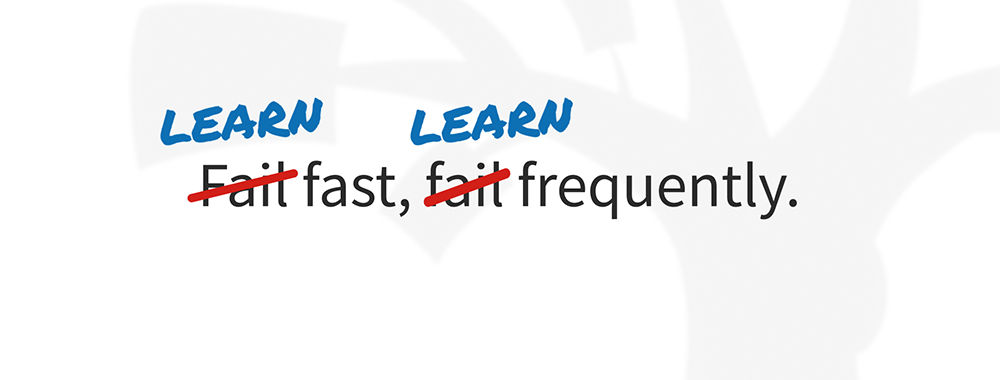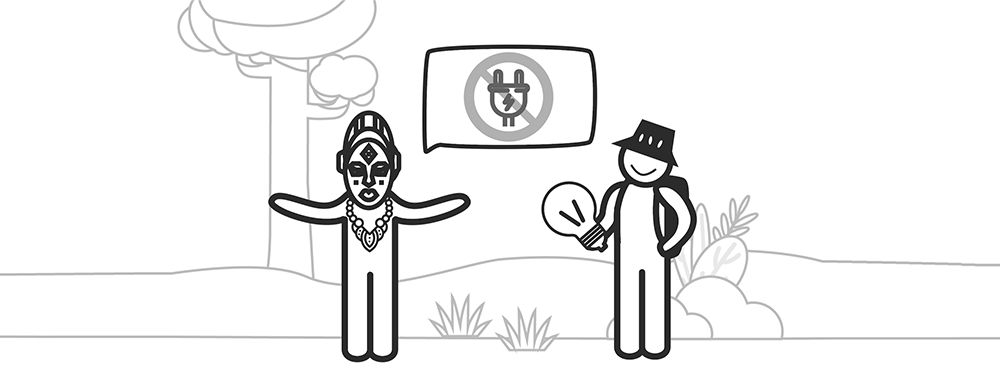The design field is evolving. It’s been proven that aside from driving business success and delivering beautiful and successful products, design can be pivotal to solving complex human issues. For instance, GE Healthcare used Design Thinking to improve the MR scanner experience for children—which is oftentimes very unpleasant—and patient satisfaction rates went up 90%. As a designer, you have the opportunity to leverage your skillset and apply your design know-how to tackle major global challenges, influence strategic decisions and make a positive impact on the world.
If you're looking to steer your career in a more meaningful direction and work on major global challenges, here are the top 4 things you should learn.
1. Use Human-Centered Design to Tackle Global Challenges
In the 21st century, design is concerned with much more than making aesthetically beautiful objects. Design has become a way of thinking. In this video, Don Norman: Fatherof User Experience design, author of the legendary bookThe Design ofEveryday Things, co-founder of the Nielsen Norman Group, and former VP of the Advanced Technology Group at Apple, explains the valuable role that design—and designers—can play in addressing major global challenges.
Show
Hide
video transcript
- Transcript loading…
To fully grasp the power of design and how you, as a designer, can contribute to tackling complex global challenges, focus on the four principles of human-centered design:
Focus on the people.
Identify and solve the root problems and not the symptoms.
Consider everything as a system of interconnected parts.
Don’t rush to a solution; instead, embrace the iterative nature of the design process and execute small and simple interventions.
You already have all the tools you need to make an impact, effect meaningful change and design for humanity. Harness your designer’s mindset and remember that design is content-agnostic to a certain extent; you don’t need to be an expert in the issue you’re addressing; your value is in the approach and in bringing the right people together. There are many ways you can start. Find a challenge that matters to you and get involved.
2. Learn What You Bring to the Table as a Designer
Many attempts to solve major global challenges such as hunger, education, universal healthcare, housing, etc., fail because solutions that should work in theory ignore the reality of the people involved or because they require such a high level of disruption that they inevitably lead to more issues and become unfeasible.
In this video, Don Norman explains the significant impact that design, as a field of doing, can have in solving complex challenges.
Show
Hide
video transcript
- Transcript loading…
As a designer, you’re a doer. Your strength is that you make ideas tangible and develop solutions that are appropriate for the people you’re designing for, ignoring your own bias. Being a doer will be one of your most valuable skills when working on a societal problem. Help your multidisciplinary team find ways to do small interventions and test solutions on the ground with the people and keep iterating, instead of working solely on a theoretical level. Although as a designer you’re probably not trained to work on complex societal issues, you can learn to apply your human-centered design knowledge to these challenges.
3. Identify the Root Causes by Investigating the Entire System
What appears to be a simple approach is often an insignificant part of a very large problem. As a designer, you need to make sure to tackle the root problem—or problems—instead of focusing on solving the symptoms.
There are several techniques you can use to identify root problems. For instance, the 5 Whys method is an iterative interrogative technique you can use to do a root cause analysis and determine the underlying causes of a problem, which more often than not are more than one. In any given system, cause-and-effect chains can be long and complex and the effects of one single action or condition can be so far-reaching that it’s easy to jump to the wrong conclusions.
To apply the 5 Whys method, you don’t need to ask “why” exactly five times. In this video, Don Norman explains how to use this method to identify the root causes of global challenges.
Show
Hide
video transcript
- Transcript loading…
If you learn to use the 5 Whys method, you’ll be able to look at the whole system and find the potential root causes of the problem at hand.
Think Big
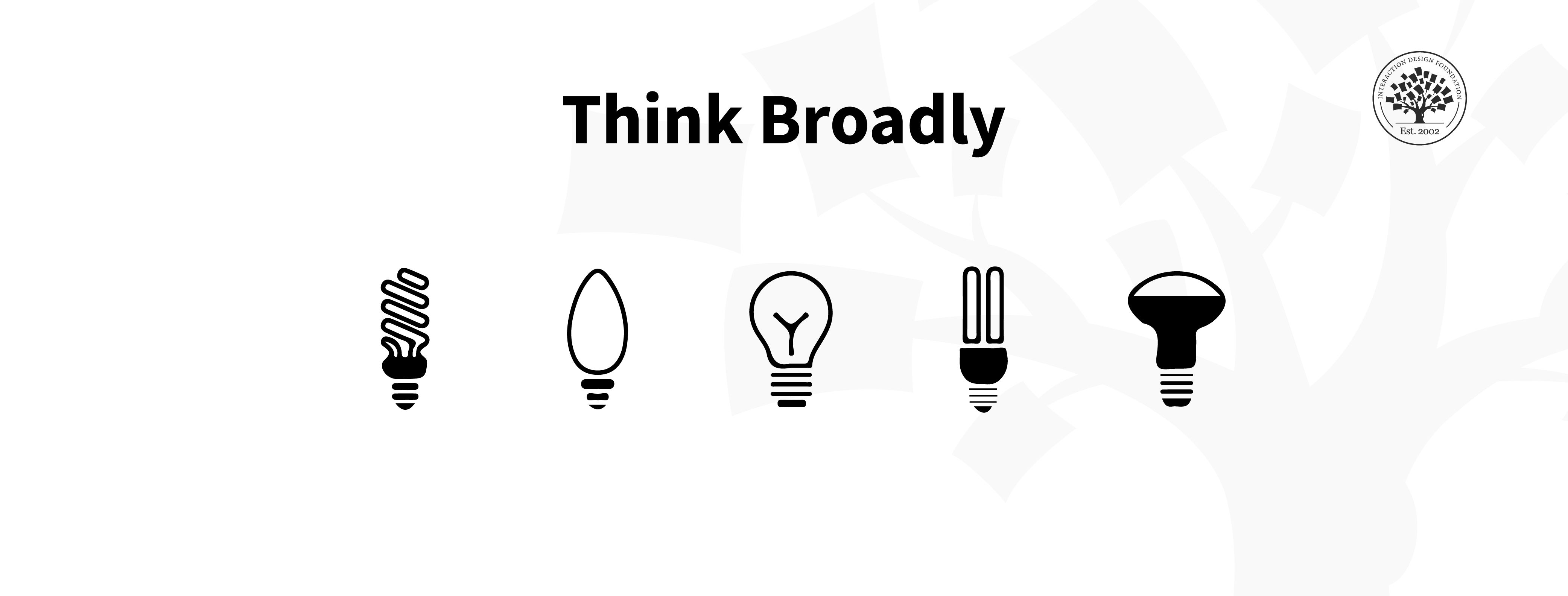
© The Interaction Design Foundation, CC BY-NC-SA 3.0.
To have an impact on the world, you have to learn how to think broadly. Start by learning more about disciplines that can help you understand the bigger picture, such as finance, marketing or politics. Learn to think about the whole system, instead of focusing on its separate parts.
As a designer, if you harness the skill of looking at the big picture, you’ll be able to move up to decision-making positions, whether it’s in a company or in an organization, and have a greater impact.
In this video, Don Norman explains why it’s important for designers to move up in organizations and to occupy leadership and decision-making positions.
Show
Hide
video transcript
- Transcript loading…
About the Design for the 21st Century Course
Whether you want to help families save money while reducing their carbon footprint, rethink how cities manage waste, or improve health systems, Design for the 21st Century with Don Norman will show you how to go beyond surface symptoms and address root causes.
You’ll master how to use human-centered design, systems thinking, and design thinking to tackle real-world challenges like climate change, inequality, and public health. You don’t need to be a designer. You just need the desire to make things better.
The course also helps you build human-centered skills that AI can’t replace, such as empathy, problem framing, and root-cause thinking, so you can drive innovation and lead meaningful projects.
An optional “Portfolio Activity: Make A Difference” lets you apply ready-to-use templates like the 5 Whys method to a local or workplace issue. You can create a case study aligned with the UN Sustainable Development Goals that shows how you identify root problems, work with real constraints, and drive measurable change. It’s the kind of portfolio asset that helps hiring managers and clients instantly see your strategic thinking, your process, and the real-world impact you can bring to their teams.
Where to Learn More
Ready to shape the future, not just watch it happen? Join the Father of UX Design, Don Norman, in his two courses, Design for the 21st Century and Design for a Better World, and turn your care for people and the planet into design skills that elevate your impact, your confidence, and your career.
Image
© The Interaction Design Foundation, CC BY-NC-SA 3.0.


